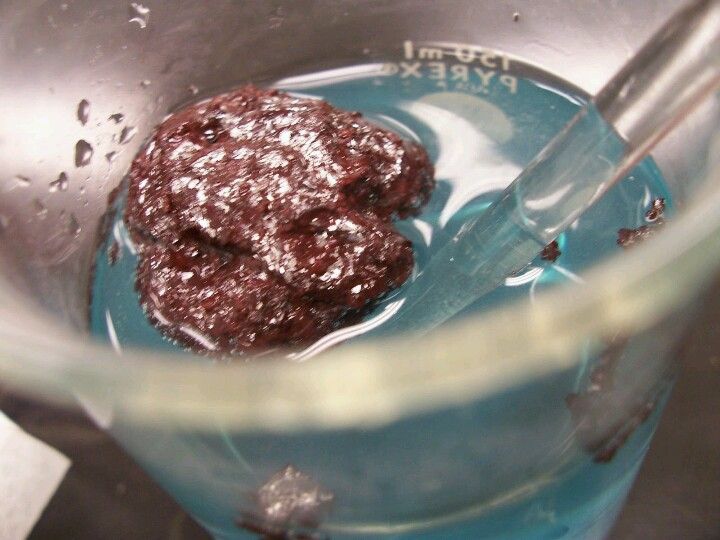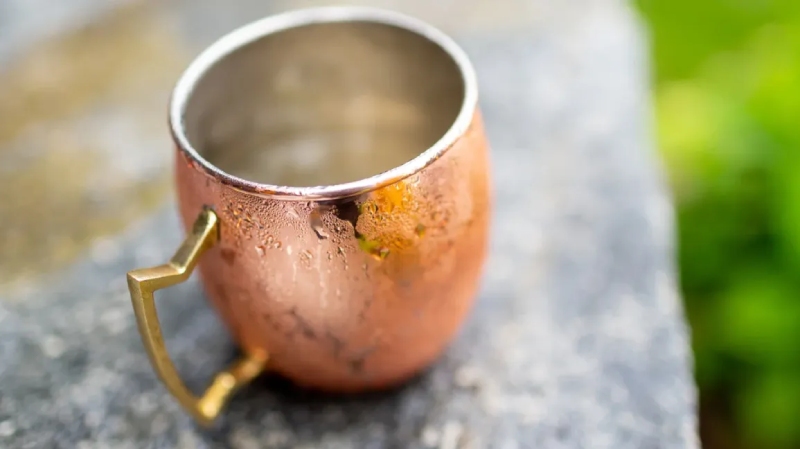Copper is a metal commonly found in plumbing pipes, electrical wiring, and even some cookware. But what happens when this reddish metal comes into contact with water? The answer depends on the duration of contact and the presence of other elements. Let’s delve into the surprising chemistry between copper and water.
The Chemistry Behind Copper and Water
Copper is a relatively stable metal, meaning it doesn’t readily react with water on its own. However, under certain conditions, it can undergo a transformation.
Immediate Reactions Upon Placing Copper in Water
There’s usually no dramatic fizzing or bubbling when you place copper in pure water. However, if the water is:
- In acidic environments (think vinegar or lemon juice), copper can dissolve slightly, releasing copper ions (charged copper particles) into the water. This can give the water a metallic taste.
- Chlorine, commonly used in tap water, can react with copper to form a green precipitate. This is mainly cosmetic and doesn’t necessarily pose a health risk.

Formation of Copper Hydroxide
Over time, a slow reaction between copper, water, and oxygen can occur. This forms a blue-green layer on the copper surface called copper hydroxide. This is a process called corrosion.
Long-Term Effects: Corrosion and Patina Formation
Copper corrosion is a gradual process. The green patina layer that forms on copper statues or old plumbing pipes is actually a protective layer that helps prevent further corrosion. While unsightly, it doesn’t necessarily affect the structural integrity of the copper.

Practical Applications and Uses
Interestingly, the antimicrobial properties of copper have been known for centuries. Some studies suggest storing water in copper vessels for extended periods (like overnight) can kill harmful bacteria. Copper pipes are also used in plumbing partly due to their resistance to some types of bacteria.
However, it’s important to note that ingesting too much copper can be harmful. The U.S. Environmental Protection Agency (EPA) has set a recommended limit for copper in drinking water.
Conclusions
Placing copper in water doesn’t lead to an explosive reaction. Instead, a slow and controlled process unfolds. Depending on the water’s composition, copper can dissolve slightly or form a protective patina. While copper has potential benefits for water purification, it’s crucial to maintain safe levels for consumption.





